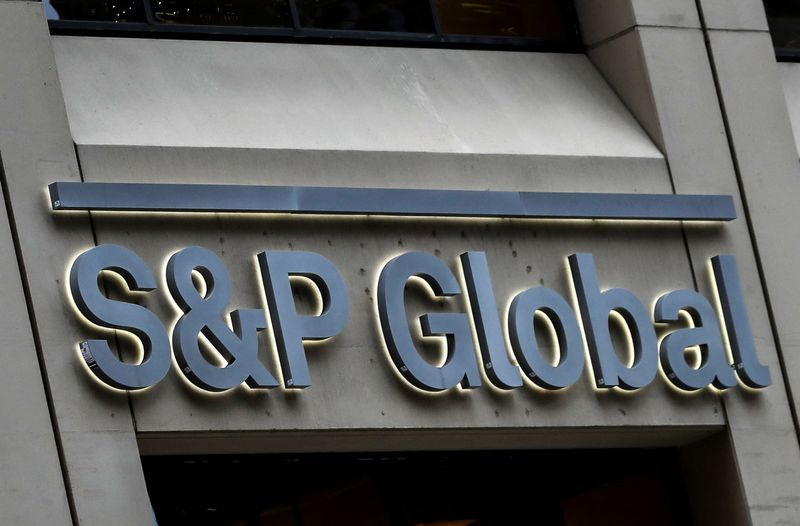(Reuters) -Shares of several U.S. banks fell on Tuesday, the day after ratings agency S&P Global (NYSE:SPGI) followed Moody's (NYSE:MCO) in cutting its credit ratings on some regional lenders with high commercial real estate (CRE) exposure.
S&P's action will make borrowing more costly for a banking sector aiming to recover from a crisis earlier this year, when three regional lenders failed, prompting broader industry turmoil.
"Some of the structural aspects for banks, regarding their balance sheet, remain risks to banks, as the Fed continues to try to anchor inflation with higher rates for longer," said David Wagner, portfolio manager at Aptus Capital Advisors.
S&P on Monday cut ratings on Associated Banc-Corp (NYSE:ASB) and Valley National Bancorp (NASDAQ:VLY) on funding risks and higher reliance on brokered deposits.
It also downgraded UMB Financial (NASDAQ:UMBF) Corp and Comerica (NYSE:CMA) Bank citing deposit outflows and higher interest rates. The rating agency also cut KeyCorp (NYSE:KEY)'s ratings on the back of constrained profitability.
The rating action weighed on the stocks of major banks even though they were not mentioned by S&P. Shares of JPMorgan Chase (NYSE:JPM) and Bank of America (NYSE:BAC) both fell almost 2%.
Citgroup, Wells Fargo (NYSE:WFC), Goldman Sachs and Morgan Stanley each dropped about 1%.
KeyCorp, Comerica and Associated Banc-Corp shares sank more than 3%, while Valley National and UMB Financial slid between 2% and 4%.
While Wagner was "surprised" that banks had healther-than-expected loan growth in the second quarter, he still expects lenders' problems to persist.
S&P also lowered its outlook for S&T Bank and River City Bank to "negative" from "stable," citing higher CRE exposure.
The cost of insuring against a default on U.S. banks has also edged up. Five-year credit default swaps for Goldman Sachs on Tuesday rose to 78 basis points from 77 bps at Monday's close to its highest level in a month, data from S&P Global Market Intelligence showed.
S&P's action came weeks after similar downgrades by its peer Moody's, which lowered ratings on 10 U.S. banks and warned of potential downgrades for several large lenders.
The U.S. Federal Reserve's interest rate hikes have raised costs at banks, which now must pay more interest on deposits to keep customers from seeking higher-yielding alternatives.
"These downgrades are mainly focused on the liquidity concerns now raised by multiple agencies where banks have a lot of loan portfolios that are only drawing 2.5-4.5% in interest income while now needing to pay depositors 4.5-5.5% in savings and money market accounts," said Brian Mulberry, client portfolio manager at Zacks Investment Management.

There is no immediate systemic risk on the banking sector despite the strains highlighted by the downgrades, he added.
An analyst at Fitch, the last of the three chief rating agencies, told CNBC last week that several U.S. banks, including JPMorgan Chase, could see downgrades if the sector's "operating environment" were to deteriorate further.